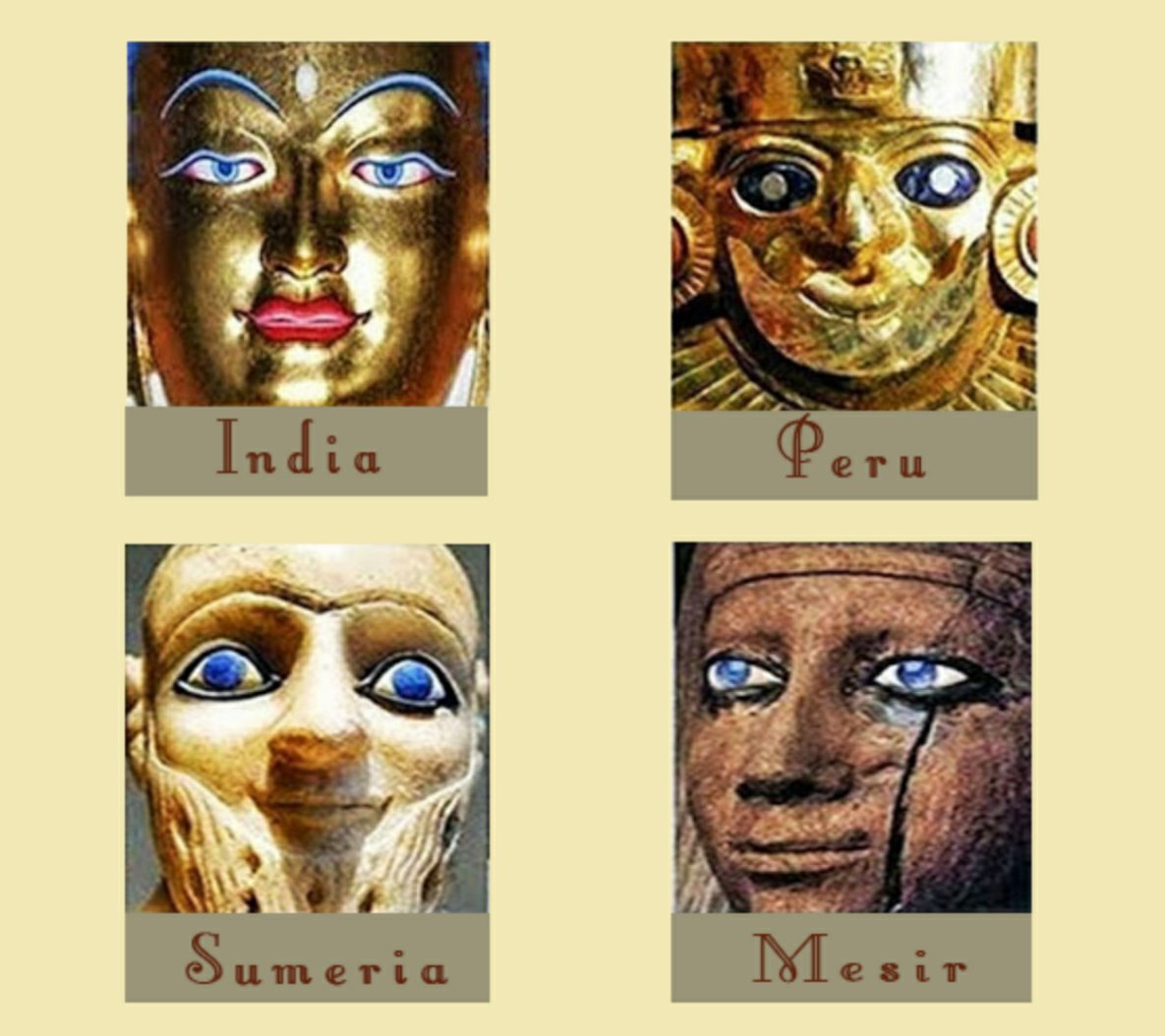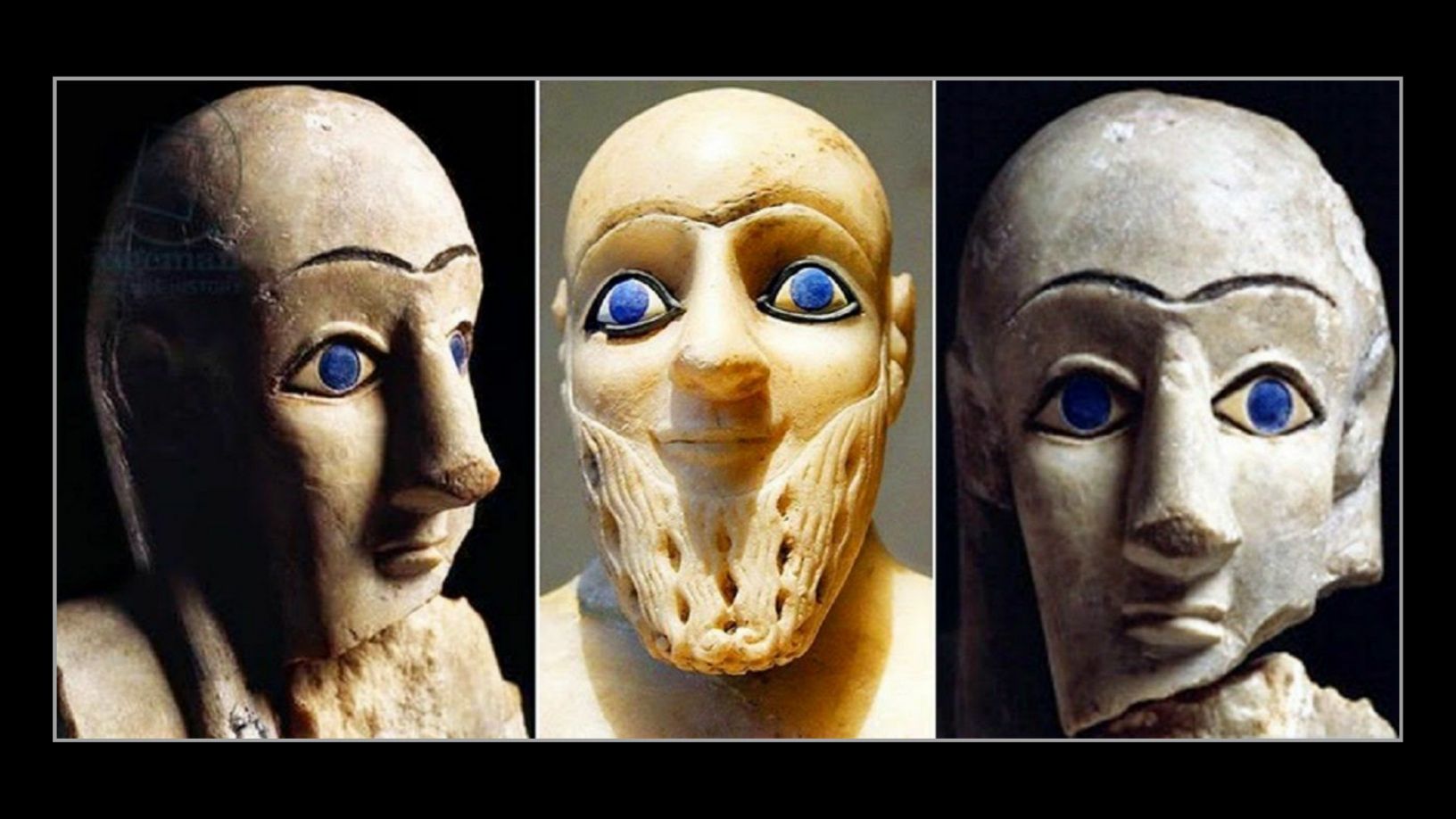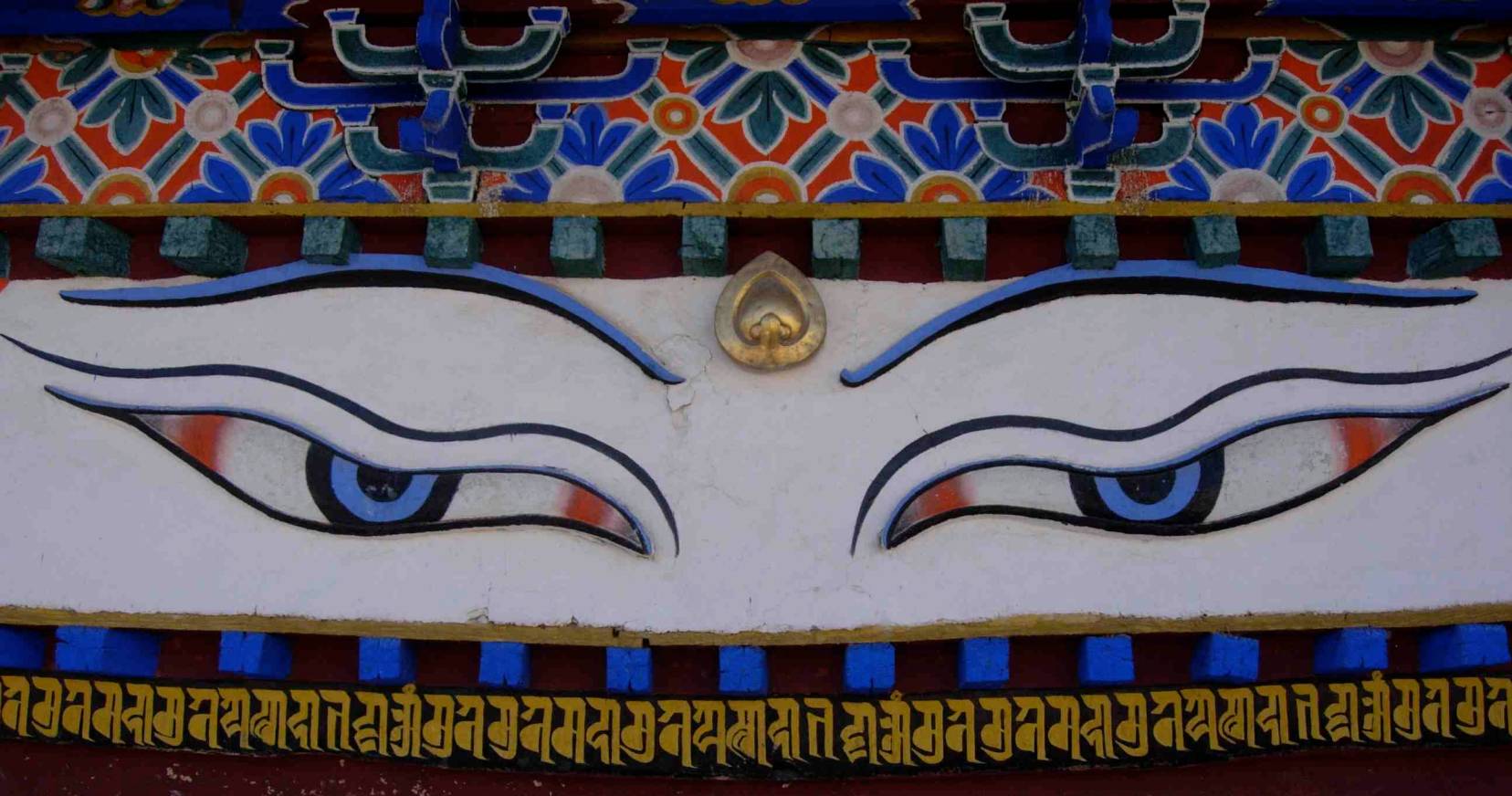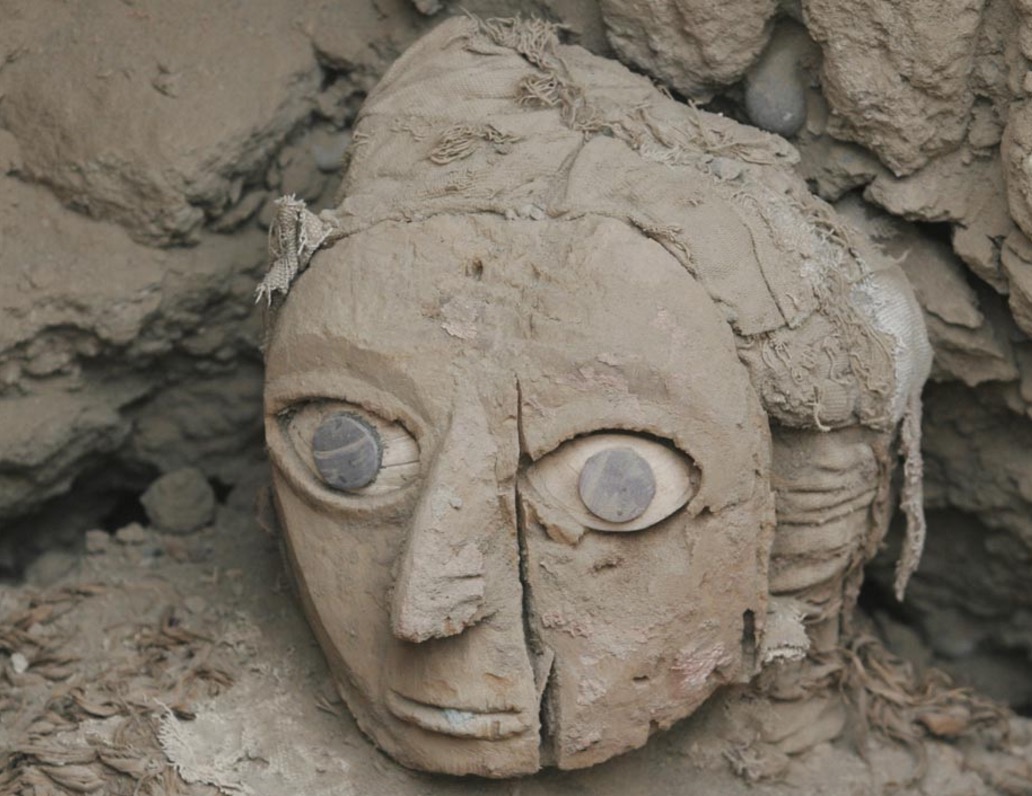According to research from the University of Copenhagen’s Institute of Forensic Genetics, all people with blue eyes descend from a single ancestor who lived between 6,000 and 10,000 years ago near the Black Sea.
A total of 155 blue-eyed individuals from various countries, including Denmark, Turkey, and Jordan, were analyzed and compared in terms of their unique genetic make-up of chromosomes in the iris of the eyes.
All of the study participants had the same genetic “mutations” in specific chromosomes of the eye, with very little diversity in the genes, implying that the “mutation” responsible for blue-eyes initially emerged and propagated recently.
According to research, the blue-eyed people of the world originated in a region north of the Black Sea during the last ice age. Professor Hans Eiberg of the University of Copenhagen’s Department of Cellular and Molecular Medicine believes these people were proto-Indo-European Aryans who brought agriculture to western Europe and rode horses into Iran and India.
Blue eyes are a recessive trait, which means that the gene must be inherited from both parents in order to be present. (Green eyes are caused by a closely related but distinct gene that is recessive in brown eyes but dominant in blue eyes.)
Upon the extinction of the last Ice Age, a rare gene associated with blue-eyed people was passed down to many Europeans, allowing them to be distinguished from the rest of the human race. According to evidence, the elite and nobility that organized the world’s earliest known agricultural civilizations all possessed this trait, and they appeared to have descended from the same bloodline.

When we look to ancient Egypt, which is arguably one of the world’s oldest known civilizations, we find a large number of mummies with blonde or fair hair. Since WWII, western academia has pushed for a Marxist-inspired multicultural interpretation of history, which has rejected archaeological data in favor of political correctness, sponsored and lobbied by politically driven forces at the United Nations.
This erroneous perspective, no matter how well-intentioned, has caused a great deal of confusion about our origins: who we are and how we came to be.
The ancient Sumerians of Mesopotamia were another of the earliest documented civilizations, and they are credited with inventing writing, schools, courts, and a slew of other “firsts,” among other things.
It was believed by the ancient Sumerians that blue eyes were a sign from the gods. As evidenced by the majority of their busts, the Sumerian nobles had blue eyes and fair hair.

Traditionally, the physical body of Gautama Buddha is said to have possessed the “Thirty-two Characteristics of a Great Man.” All of these 32 qualities are described in detail throughout the Pali Canon (the standard collection of scriptures in the Theravada Buddhist tradition, as preserved in the Pāli language. It is the most complete extant early Buddhist canon), and they are also believed to be present in the Cakravartin kings. “Eyes deep blue” is ranked 29th on this ancient list.

An ancient civilization with a blue-eyed ruling class ruled the northern coast of Peru two thousand years ago. Its inhabitants were known as the “Moche.” They constructed massive pyramids that still stand towering and dominate the surrounding area, some of which are more than a hundred feet tall.
In Peru’s Huaca Pucllana ruins, archaeologists discovered a blue-eyed mummy in an ancient tomb believed to be from the ancient Wari culture, which flourished before the Incas. The “Lady of the Mask” Is a mummy with remarkable blue eyes, whose discovery at the Huaca Pucllana Pyramid in Lima, Peru, could unveil the mysteries of a bygone culture. It is the first time an intact tomb from the region’s Wari culture has been uncovered, providing historians with the opportunity to learn about ancient pre-Incan civilizations.

Some archaeologists consider the Lord of Sipán’s tomb to be one of the most significant archaeological discoveries in this region of the world in the last 30 years because the main tomb was discovered intact and untouched by thieves.
The Incas called him Viracocha, the Mayas Kukulkan, the Aztecs Quetzalcoatl, Gucumatz in Central America, Palenque’s Votan, and Izamal’s Zamna. He and his men were described as tall, bearded, with white skin and beautiful emerald blue eyes.
According to Fray Juan Torquemada, a Franciscan missioner who collected traditions about Quetzalcoatl from the people of Old Mexico, “Quetzalcoatl had golden hair and wore a black robe embroidered with small crosses of red color.”

Scientists emphasize that the genetic variation is “neither a positive nor a negative mutation,” as stated in the press release. That’s a little deceptive because the mutation also results in more blond hair (which is still sexually selected for today) and fair skin, which confers a survival advantage by stimulating greater vitamin D production in sun-deprived northern European countries near the arctic circle, where blue eyes are still the most common.
Blue eyes are found in 95% of Europeans in Scandinavian countries. They also have a broader range of hair and skin color. In comparison, Europe has a wider range of hair color and skin pigmentation than any other continent on the planet.
According to mainstream scientists, these “mutations” are relatively recent, as Europe was only colonized a few thousand years ago. The brunette with blue eyes (Neanderthal-type) was discovered by invading Cro magnon types from the Atlantic about 35,000-25,000 years ago through interbreeding (Tall, RH negative blood type, Solutrean tool kit).
‘The fundamental question is, ‘Why did we get from having no blue eyes on the face of the Earth (known) 10,000 years ago to having 20 or 40 percent of Europeans with blue eyes now?’
According to John Hawks from the University of Wisconsin-Madison, “This gene does something good for people. It makes them have more kids.”
In contrast, the “normal” form of the gene is found in the majority of mammals on the planet. Mice, horses, cows, rats, dogs, cats, primates, chimps, and humans with brown eyes all have the same six-letter sequence. (There is no information on what causes Siberian huskies and Siamese cats to have blue eyes.)




